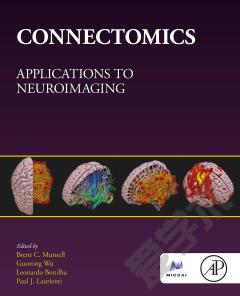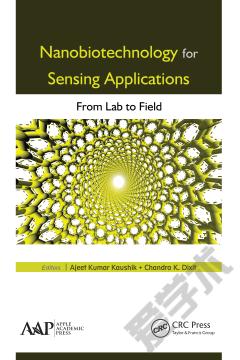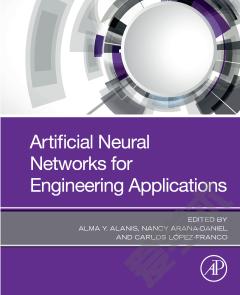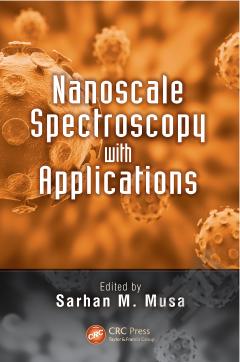Connectomics —— Applications to Neuroimaging
----- 神经影像学应用
Connectomics: Applications to Neuroimaging is unique in presenting the frontier of neuro-applications using brain connectomics techniques. The book describes state-of-the-art research that applies brain connectivity analysis techniques to a broad range of neurological and psychiatric disorders (Alzheimer, epilepsy, stroke, autism, Parkinson, drug or alcohol addiction, depression, bipolar, and schizophrenia), brain fingerprint applications, speech-language assessments, and cognitive assessment. With this book the reader will learn: Basic mathematical principles underlying connectomicsHow connectomics is applied to a wide range of neuro-applicationsWhat is the future direction of connectomics techniques. This book is an ideal reference for researchers and graduate students in computer science, data science, computational neuroscience, computational physics, or mathematics who need to understand how computational models derived from brain connectivity data are being used in clinical applications, as well as neuroscientists and medical researchers wanting an overview of the technical methods. Features: Combines connectomics methods with relevant and interesting neuro-applicationsCovers most of the hot topics in neuroscience and clinical areasAppeals to researchers in a wide range of disciplines: computer science, engineering, data science, mathematics, computational physics, computational neuroscience, as well as neuroscience, and medical researchers interested in the technical methods of connectomicsCombines connectomics methods with relevant and interesting neuro-applicationsPresents information that will appeal to researchers in a wide range of disciplines, including computer science, engineering, data science, mathematics, computational physics, computational neuroscience, and more Includes a mathematics primer that formulates connectomics from an applied point-of-view, thus avoiding difficult to understand theoretical perspectiveLists publicly available neuro-imaging datasets that can be used to construct structural and functional connectomes
{{comment.content}}








 京公网安备 11010802027623号
京公网安备 11010802027623号